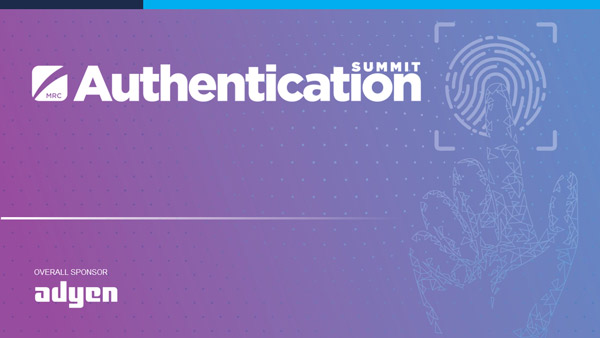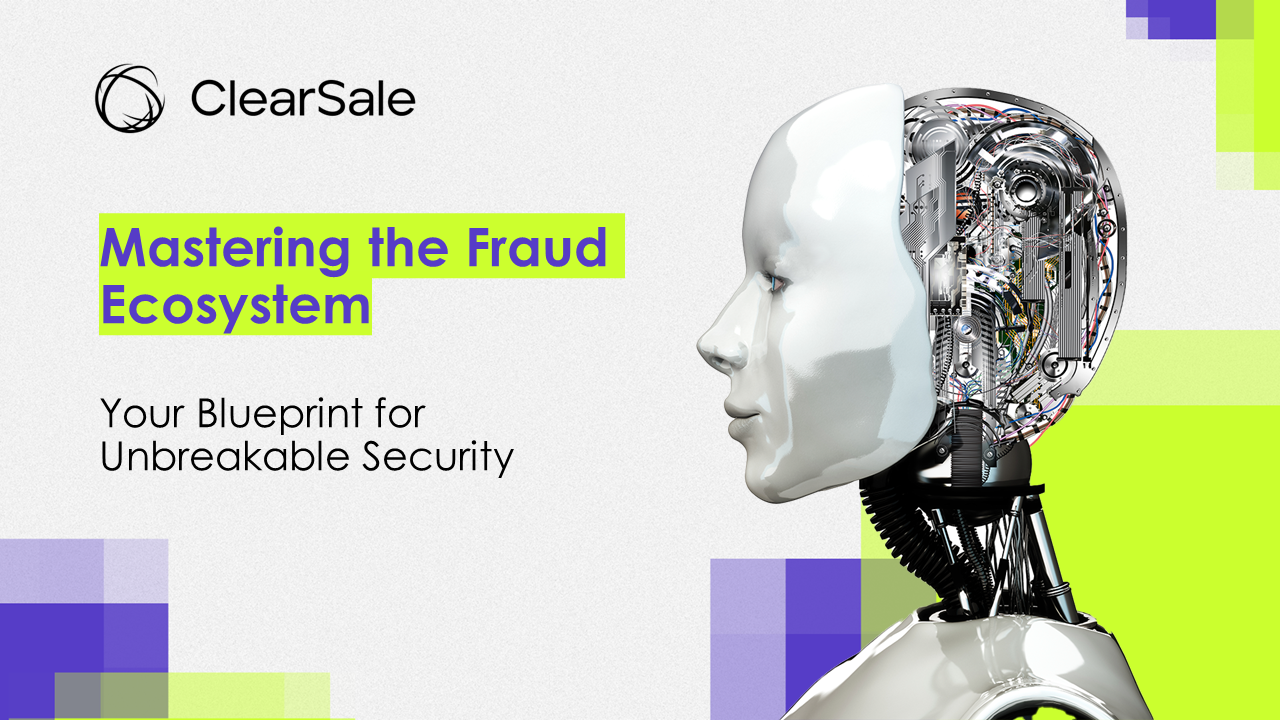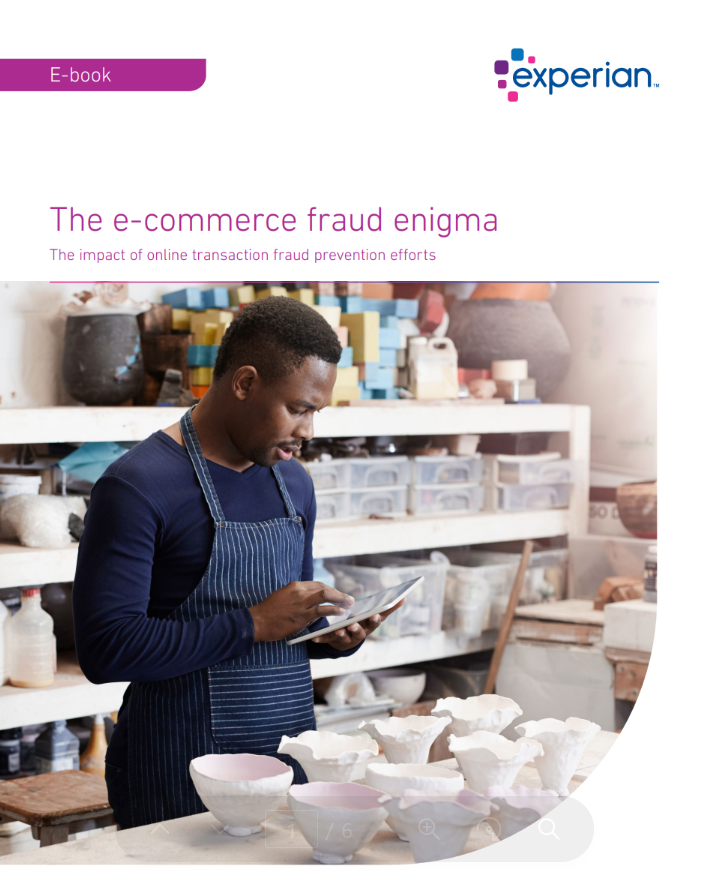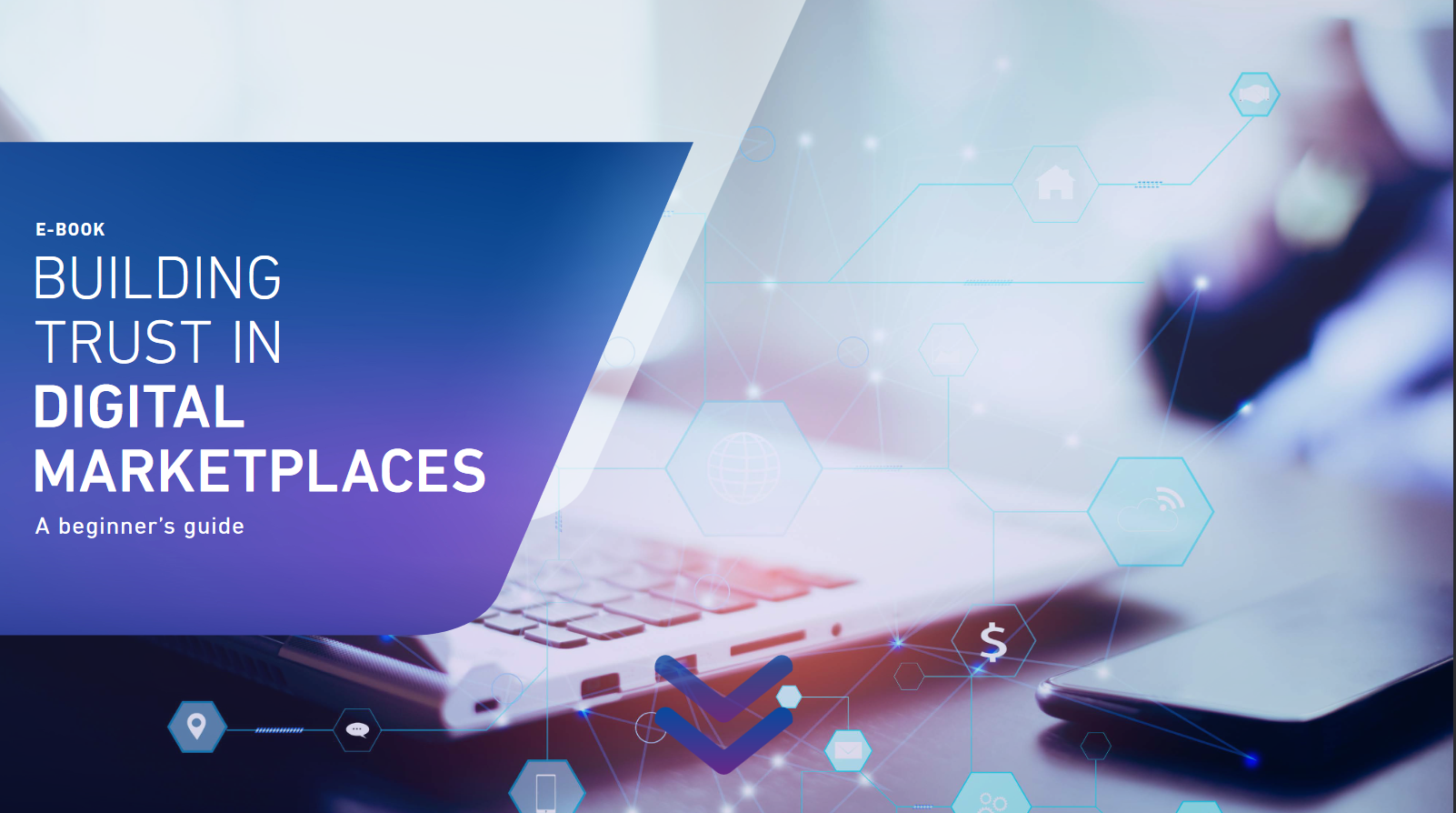GEMS Data Model and Growing Global Business at the Speed of Trust
Innovation
Data Science
Identity Fraud
Data analysis
Paul Fisher & Robert Nendza -- Pipl
Jul 15, 2021
Webinars
This session will provide insight about how leading online commerce businesses are using the “GEMS” data model (Global, Email, Mobile phone, Social media) to create a baseline for engaging, verifying, and assessing the risk of customers in new markets where traditional data sources typically used for these essential tasks fall short.
Some content is hidden, to be able to see it login here Login

Host a Webinar with the MRC
Help the MRC community stay current on relevant fraud, payments, and law enforcement topics.
Submit a Request
Publish Your Document with the MRC
Feature your case studies, surveys, and whitepapers in the MRC Resource Center.
Submit Your Document










